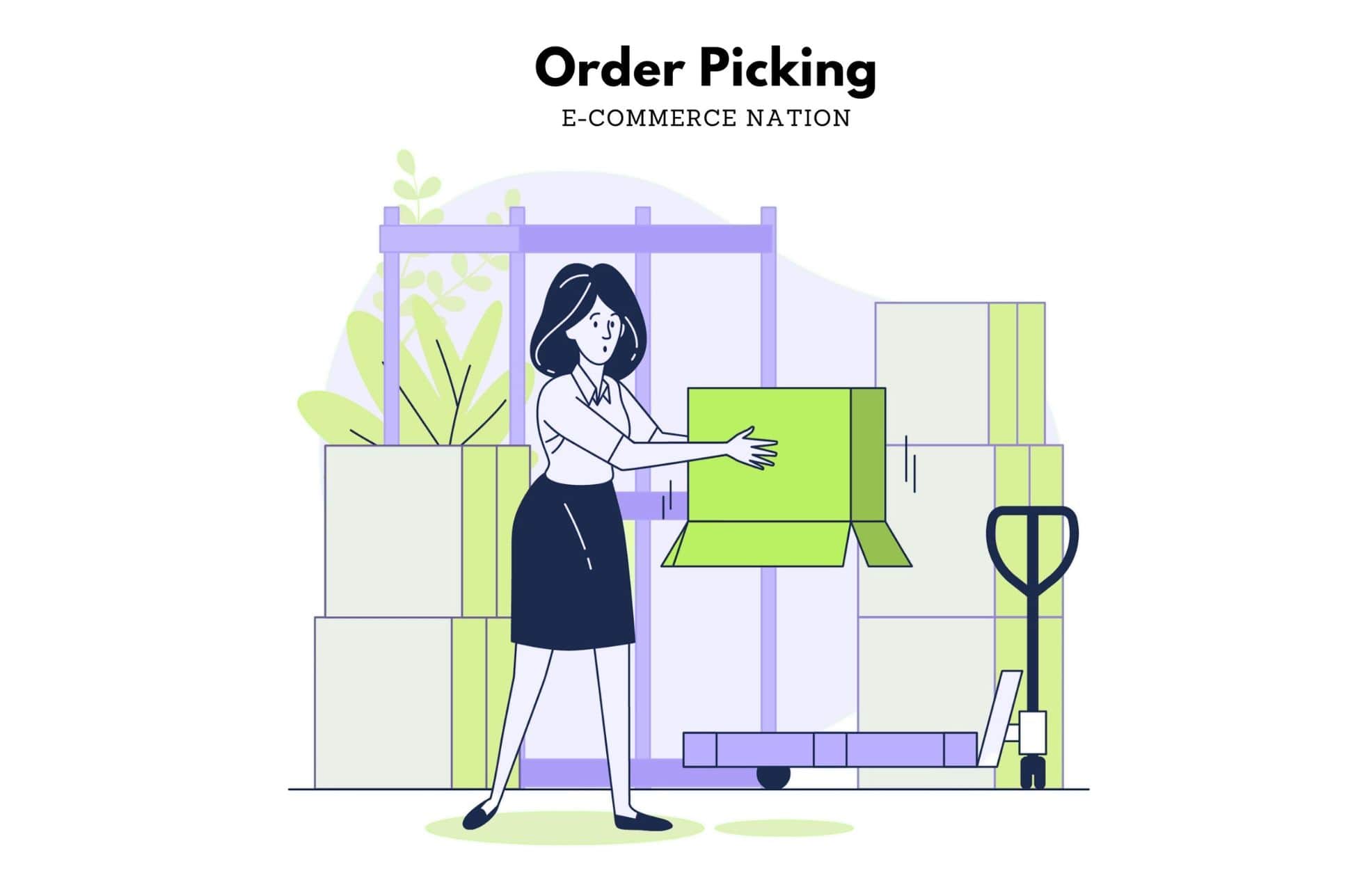When launching into any market there are certain steps to take to make sure you’ll be successful, especially if launching a cross-border e-commerce in Japan. Since online shopping has been evolving so quickly, even small firms, are able to export their products reasonably in previously untouchable markets in previous decades. First we have to look at the best steps to make, those which elevate the appropriate pipeline to the right customer for your products.
In case of difficulty, a previously unexplored market, or unexpected cultural disparities, cooperating with partners local to your target region will become a higher priority for your business. As for filling the gap, to avoid the future mistakes, I’ll illustrate the fundamental roads for Japanese market.
1. Identify the Specific Target and their Problem
A wide variety of people spend their lives in Japan, and there are huge variations among them. When you think about what needs your customers have, it’s inevitable that you can identify which targets will become your buyers. If you would like to sell your fashion brand to Japanese people, you should ask yourself which functionality solves their problems or responds to what they’re looking for.
For example, Louis Vuitton is a pretty popular brand among business women, around over 30 under 50, who are looking for functionality, high quality, and smart business attire.
Those aged over 30 have their own fashionable style. In particular, single business women with affluent salaries living in the urban areas, tend to purchase the high class and luxury brands. Often attending work functions and social gatherings, held in the skyscrapers occupied by rich men, accompanied by business men and even celebrities, they are looking for vivid clothes for these types of functions. So, when launching a B2C cross-border E-Commerce, be careful about the type of goods your future customers are looking for.
Above the PERSONA, reflects standard life, income rate, local residence, and marital status. Building these types of personas will help you understanding your target market when launching your cross-border E-Commerce, whether it is B2C or B2B.
2. Understand Cultural Differences, Social Trends, & Generation Gaps present in Japan
The most significant points of culture and customer background need to be examined and compared in order to roll-out your products to the market. In my precious article, I mentioned that Halloween is much bigger in the metropolitan areas, mainly Tokyo, Roppongi, & Shibuya, where there is a large amount of younger people, and a great opportunity for this cross-border activity. Yes, it is becoming a huge trend, thanks to social sharing of pictures and videos via Facebook and Instagram.
This consumer-based and sharing culture has well penetrated the current generation of 20-somethings, while elders tend to disagree with this tech-lead phenomenon. Looking into Japanese annual events, Christmas, Valentine’s Day, Halloween, the trend is beginning to switch to consumerism specifically of imports from overseas which are promoted by ad agencies or TV shows to stimulate purchase.
It’s not enough to examine these trends in their nature, it’s also important to pay attention to and understand macro social trends, what campaigns agencies will launch, and the importance people give to following suit with their friends and/or celebrities.
3. Using Online to Offline vs Offline to Online Channels in your B2B E-Commerce
Omnichannel is also the buzz word in Japan, favoring both online store and brick-and-mortars. If your demographic target can be described as old fashioned, it will be insufficient only to pave an online strategy, in lieu of an offline one. Physical magazines represent that, even if the total purchased issues are diminishing, the magazine “Very” has been increasing their sold issues from 2014 to 2015. This is the #1 magazine for all married women who are centered around their families.
In this case, your brand ought to identify the target and which offline channels to implement. Motivate online store visits from offline channels. For example, Instagram is essential for younger women in their 20s to early 30s, but forget it for anyone older than that.
Regardless of age, people usually use Google, Pinterest, and Zozotown (Japanese online fashion giant), for research. In addition, cheap prices are not good indicators to these generations, as they are interested in self-identifying with products they purchase rather than saving money. Your marketing strategy should already be a part of your thinking when launching your B2C E-Commerce in Japan.
These 3 points are basic norms to personalizing the target within the Japanese market. More and more, people shift to the online research, and even online payment is becoming more popular. Our Internet channel is via PC, as opposed to mobile, which means mobilization is undergoing but not completed. In this case, it might be better to break down your channels into a more local adaptation of your strategy.
Do you think these strategies apply to other markets as well?
Image Credit : Walid Beno





